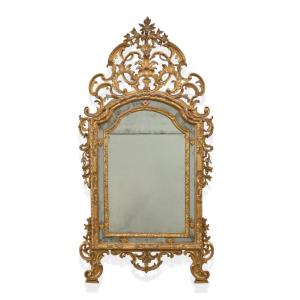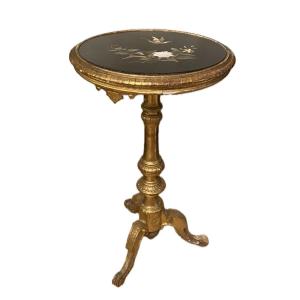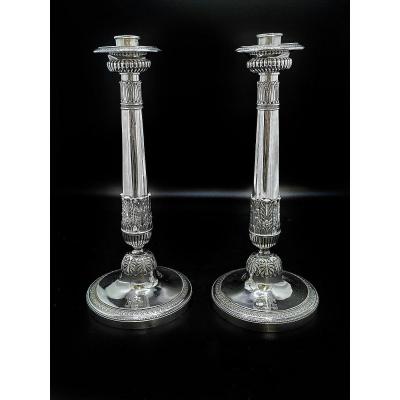A renowned French Maison, famous for its exquisite silver and gold creations, the Odiot family gave birth to numerous talented artisans. The story began in 1690, when Jean-Baptiste-Gaspard Odiot was appointed official gord of the royal court and became the personal craftsman of King Louis XV. However, it was Jean-Baptiste-Claude Odiot who really brought the family name to world fame.
Jean-Baptiste-Claude's bond with Emperor Napoleon Bonaparte and his family is particularly noteworthy. Although he had never been officially appointed the emperor's supplier (a fact that proved advantageous during the Restoration), Odiot took over after the bankruptcy of the previous supplier, Henri Auguste, in 1809. He made numerous objects for Napoleon, his family and his close collaborators.
After the fall of Napoleon, the Maison Odiot not only maintained its clientelist elite, but also expanded its influence by including members of the nobility and royalty from all over Europe. Among the most important clients were Arthur Wellesley, the Duke of Wellington, the Austrian diplomat Prince Clemens von Metternich, King Frederick William III of Prussia, King William I of Württemberg and Prince Regent George IV of England.
Jean-Baptiste-Claude also exhibited his works in two Universal Exhibitions, in 1819 and 1823. Between 1819 and 1835, he generously donated several works to the French government, including 30 bronze objects and a silver vase, exhibited in the Luxembourg Palace (later transferred to the Museum of Decorative Arts). It should be noted that, between 1907 and 1908, another famous jeweller, Christofle, silvered some of the bronze works donated by Odiot.
In 1827, Jean-Baptiste-Claude retired, passing the activity to his son, Charles-Nicolas Odiot. Under the leadership of Charles-Nicolas, the company became the provider of the court of King Louis Philippe and his family. In 1856, the inheritance continued with Charles-Nicolas' son, Jean-Baptiste-Gustave, who became the supplier of the Russian imperial court under Alexander II. In addition, he received the largest commission in the history of the company: a solid gold table service consisting of 3,000 pieces for Said Pasha, the Viceroy of Egypt. Jean-Baptiste-Gustave officially registered the Odiot trademark in 1864, symbolised by the letter "O" and an antique lamp.
Jean-Baptiste-Gustave was the last of the glorious Odiot dynasty. Without heirs, in 1894 he founded a new company, Odiot Prévost Récipon et Cie, in collaboration with Emile Prévost and Paul-Edouard Récipon. From 1906 to 1956, the company merged with another important silversmith house, Boulenger, and then regained independence. Today, Odiot continues to produce exceptional silverware of the highest quality, keeping alive its legacy as a symbol of craftsmanship and luxury.









































 Le Magazine de PROANTIC
Le Magazine de PROANTIC TRÉSORS Magazine
TRÉSORS Magazine Rivista Artiquariato
Rivista Artiquariato